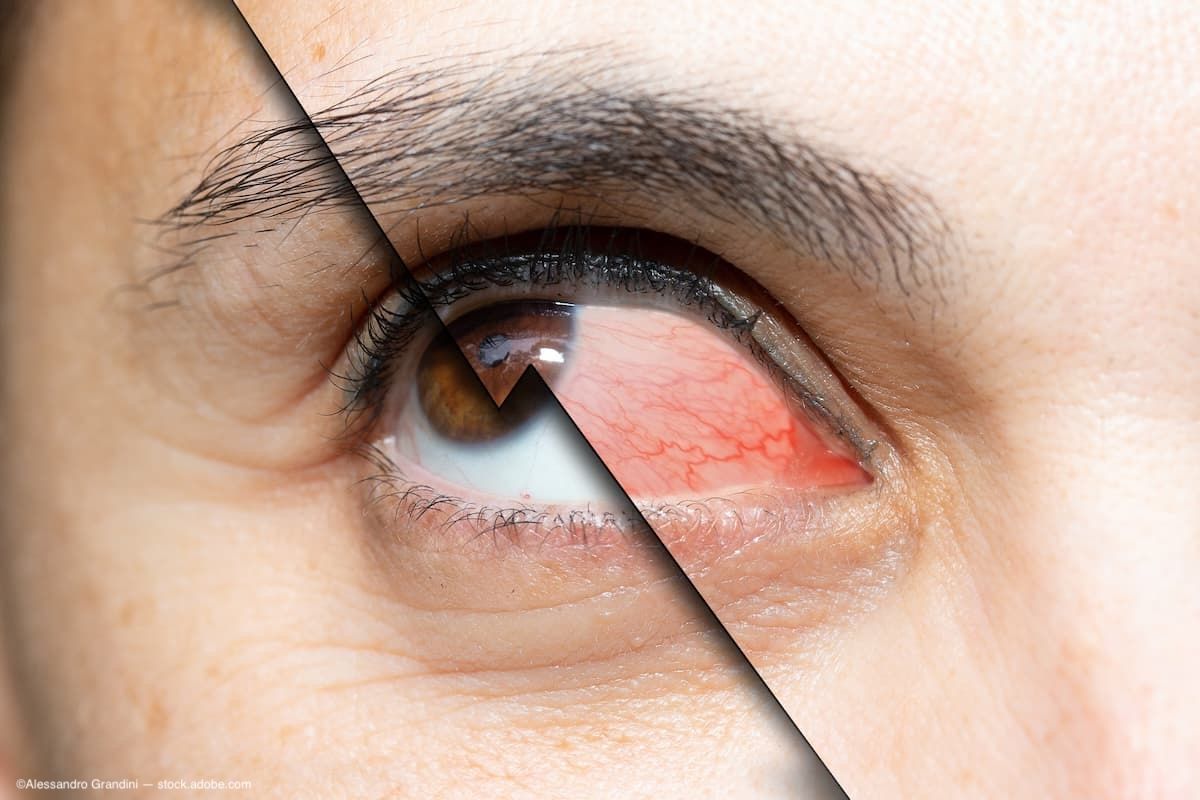Article
Sclera 'driving the bus' as far as ONH biomechanics
"Why do some people develop glaucoma and some do not even at the same level of IOP?" J. Crawford Downs, PhD, asked rhetorically in a talk about the biomechanics of the optic nerve head (ONH) as part of a symposium about ocular biomechanics. "We think it's perhaps due to differences in anatomy and geometry, tissue composition, ocular blood flow, and cellular reactivity."
"Why do some people develop glaucoma and some do not even at the same level of IOP?" J. Crawford Downs, PhD, asked rhetorically in a talk about the biomechanics of the optic nerve head (ONH) as part of a symposium about ocular biomechanics. "We think it's perhaps due to differences in anatomy and geometry, tissue composition, ocular blood flow, and cellular reactivity."
Dr. Downs, associate scientist and director of the ocular biomechanics laboratory at the Devers Eye Institute, Portland, OR, added, "Glaucoma is a very complicated, multifactorial disease, and certainly, it is driven by IOP, but there are a lot of other extraocular determinants as well as other factors involved."
He defined ONH biomechanics as the interactions between IOP and connective tissue structural stiffness in the ONH and surrounding sclera.
"The sclera is kind of 'driving the bus' as far as ONH biomechanics," Dr. Downs said.Describing what researchers currently know about ONH biomechanics, he said, "Scleral and ONH biomechanics vary tremendously among individuals. This work is still in its infancy.
"Scleral and ONH biomechanics are involved in the development and progression of glaucoma through a variety of mechanisms . . . and likely play a principle role in an individual's susceptibility to IOP," he said. "Scleral mechanics actually drive macro-scale ONH mechanics to a large degree, and at the beam level, laminar mechanics are very complex."
Newsletter
Don’t miss out—get Ophthalmology Times updates on the latest clinical advancements and expert interviews, straight to your inbox.




